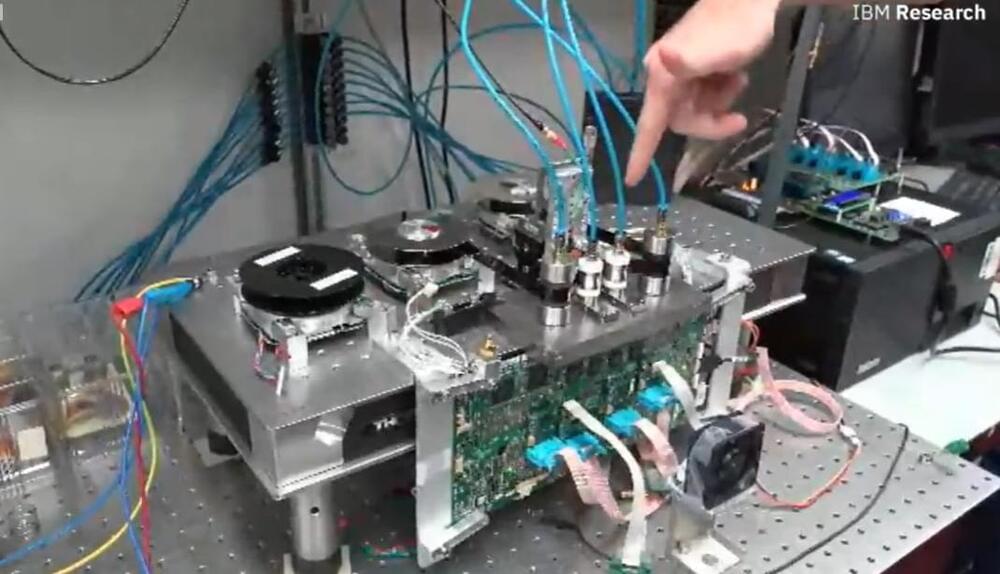Circa 2020
IBM knows how to adapt to an ever-changing enterprise tech landscape. The venerable company more almost 20 years ago shed its PC business – selling it to Lenovo – understanding that that systems were quickly becoming commodity devices and the market was going to stumble. A decade later IBM sold its X86-based server business to Lenovo for $2.3 billion and in the intervening years has put a keen focus on hybrid clouds and artificial intelligence, buying Red Hat for $34 billion and continuing to invest its Watson portfolio.
However, that hasn’t meant throwing out product lines simply because they’ve been around for a while. IBM has continued to upgrade its mainframe systems to keep up with modern workloads and the bet has paid off. In the last quarter 2,019 the company saw mainframe revenue – driven by its System z15 mainframe in September 2019 – jump 63 percent, a number followed the next quarter by a 59 percent increase.
Tape storage is a similar story. The company rolled out its first tape storage device in 1,952 the 726 Tape Unit, which had a capacity of 2MB. Five decades later, the company is still innovating its tape storage technology and this week said that, as part of a 15-year partnership with Fujifilm, has set a record with a prototype system of 317 gigabits-per-square-inch (GB/in2) in areal density, 27 times more than the areal density of current top-performance tape drives. The record, reached with the help of a new tape material called Strontium Ferrite (SrFe), is an indication that magnetic tape fits nicely in a data storage world of flash, SSDs and NVMe and a rising demand for cloud-based storage.
